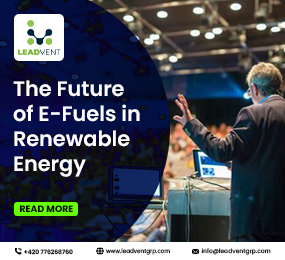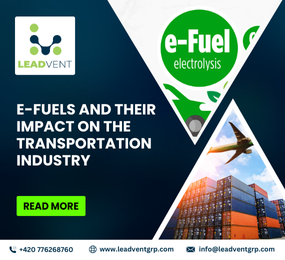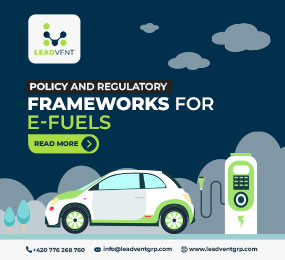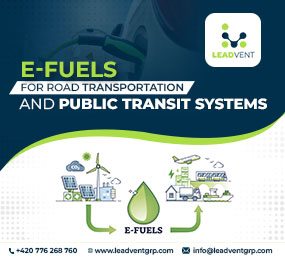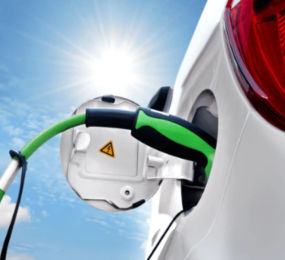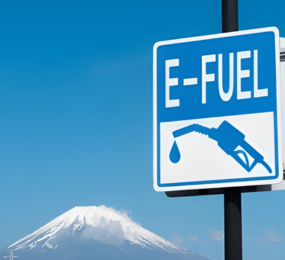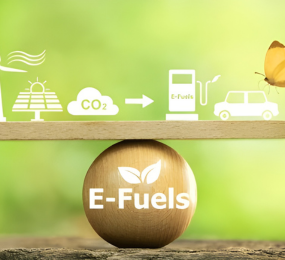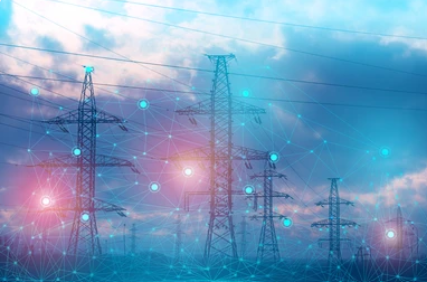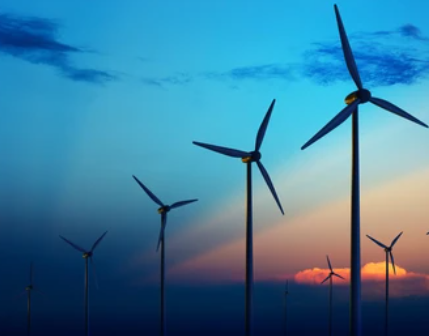E-Fuels: Powering the Future with Cleaner Combustion
In the race toward decarbonization, the world has placed much of its hope in electric vehicles, hydrogen, and renewables. But there's another contender quietly gaining ground e-fuels. These synthetic fuels, made by combining hydrogen with captured carbon dioxide, have the potential to significantly reduce emissions in sectors that are difficult to electrify, like aviation, maritime, and heavy transport.
Unlike fossil fuels, e-fuels can be produced using renewable energy sources, offering a cleaner burn while still working within existing engines and infrastructure. For countries, industries, and consumers trying to navigate the complex shift to net zero, e-fuels are emerging as a bridge between today’s needs and tomorrow’s cleaner possibilities.
What Makes E-Fuels Different?
E-fuels, or electrofuels, are not just a rebranded version of gasoline. They’re created through a process called Power-to-Liquid (PtL), where electricity ideally from solar, wind, or hydro is used to split water into hydrogen. That hydrogen is then combined with carbon dioxide (usually captured from the atmosphere or industrial sources) to form a synthetic fuel.
The result? A drop-in fuel that works in today’s cars, planes, ships, and fueling stations, but with far lower lifecycle carbon emissions. Unlike biofuels, they don’t require vast tracts of farmland, and unlike full electrification, they don’t demand entirely new infrastructure.
Where E-Fuels Fit In
E-fuels shine in areas where batteries fall short. Long-haul flights, cargo shipping, and legacy internal combustion engines especially in developing regions pose serious decarbonization challenges. Electrification alone can’t cover it all. E-fuels offer a viable solution for these sectors, helping them cut emissions without completely overhauling systems.
Automakers, particularly in Europe, are already exploring how e-fuels can keep combustion engines compliant with upcoming carbon regulations. Meanwhile, aviation and marine industries are investing in pilot programs and partnerships to scale production.
Challenges and the Road Ahead
Like any emerging technology, e-fuels face barriers. The cost of production remains high, and large-scale availability is still a few years away. It also takes a significant amount of renewable electricity to create e-fuels energy that must be responsibly sourced.
Still, innovation and investment are accelerating. Policy support from the EU, Japan, and others is driving research and early adoption. With the right incentives and international cooperation, e-fuels could play a critical role in a balanced, realistic transition to low-carbon energy.
Takeaway Point:
fuels may not be the silver bullet, but they are a powerful piece of the climate puzzle especially where electrification isn’t practical. By blending innovation with compatibility, they offer a chance to decarbonize sectors often left behind in clean energy plans, without needing to start from scratch.
Learn more on our website: https://www.leadventgrp.com/event/2nd-annual-world-e-fuels-summit/register
For more information and group participation, contact us: [email protected].
Leadvent Group - Industry Leading Events for Business Leaders!
www.leadventgrp.com | [email protected]


